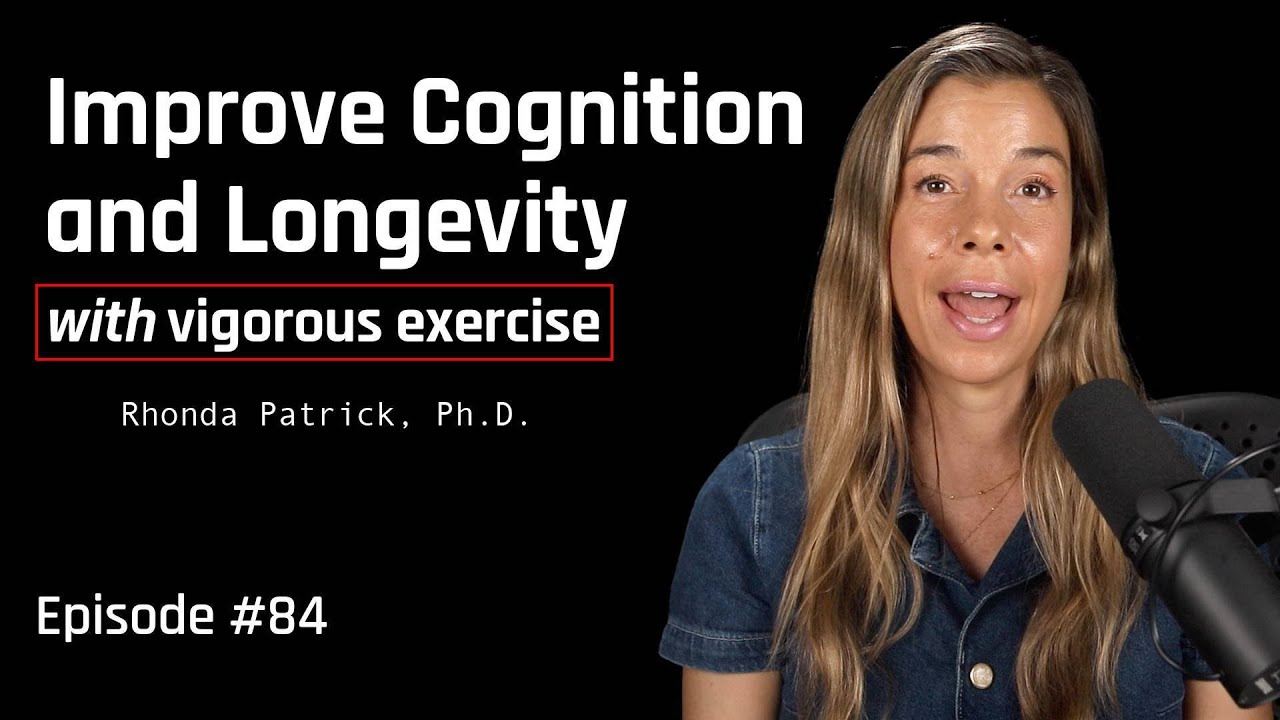How Your Blood Changes With Exercise
Summary
TLDRIn this video, the fascinating adaptations our bodies undergo in response to exercise are explored, particularly focusing on how exercise impacts blood. The video delves into the role of capillaries, blood volume, and red blood cells in improving fitness. It highlights how consistent exercise increases capillarization and blood flow to muscles, enhancing oxygen delivery and energy production. Additionally, the video discusses the types of exercises that best stimulate these blood-related adaptations, with an emphasis on endurance training and strength endurance. The ultimate takeaway is that these adaptations benefit overall performance, including faster recovery during high-intensity activities.
Takeaways
- 😀 Exercise leads to amazing adaptations in the body, including changes in blood composition and function.
- 😀 One of the primary adaptations to exercise is an increase in the number of capillaries, enhancing nutrient and oxygen exchange in muscles.
- 😀 Increasing capillary density allows for better blood flow, improving the delivery of oxygen and removal of metabolic byproducts.
- 😀 Regular exercise also increases total blood volume, including the fluid component (plasma) and cellular components like red blood cells.
- 😀 Red blood cells are crucial for oxygen transport to muscles, and their increase supports enhanced energy production (ATP) during exercise.
- 😀 Increased blood volume and red blood cell count help improve athletic performance by enhancing muscle efficiency and recovery.
- 😀 Endurance-based exercises, such as steady-state cardio (cycling, running), are most effective in stimulating these blood adaptations.
- 😀 Strength endurance exercises, like high-repetition push-ups and bodyweight squats, can also stimulate increased blood volume and capillarization.
- 😀 Exercise intensity affects adaptation: low to moderate intensity (e.g., Zone 2 cardio) promotes endurance adaptations, while higher intensities tap into fast-twitch muscle fibers.
- 😀 Specificity of training is essential—athletes should tailor their workouts to their goals (e.g., marathon running, weightlifting), but cross-training can improve recovery and overall performance.
Q & A
What are the three main types of blood vessels discussed in the video?
-The three main types of blood vessels are arteries, capillaries, and veins. Arteries carry oxygen-rich blood away from the heart, capillaries exchange nutrients and waste between blood and tissues, and veins return blood to the heart.
Why are capillaries particularly important in the adaptation process related to exercise?
-Capillaries are important because they allow for the exchange of oxygen, nutrients, and waste products between blood and muscle tissues. With exercise, more capillaries grow and penetrate muscle tissue, improving the efficiency of nutrient delivery and waste removal.
How does regular exercise affect blood volume?
-Regular exercise increases blood volume by stimulating the growth of more capillaries, which then require additional blood to fill them. This enhances the delivery of nutrients and oxygen to muscles and helps with the removal of metabolic byproducts.
What is the role of red blood cells in the context of exercise adaptations?
-Red blood cells play a crucial role in carrying oxygen to muscles. Increased red blood cell production as a result of exercise improves the oxygen-carrying capacity of the blood, which in turn enhances energy production (ATP) and muscle performance.
What are the two main components of blood, and how do they contribute to fitness improvements?
-The two main components of blood are plasma and blood cells. Plasma contains water, electrolytes, and proteins, which help maintain fluid balance and support the blood's transport functions. Blood cells, particularly red blood cells, transport oxygen to muscles, boosting energy production and endurance.
What is capillarization, and how does it impact exercise performance?
-Capillarization refers to the increase in the number of capillaries within muscle tissue. This adaptation enhances the exchange of oxygen, nutrients, and waste products, improving muscle efficiency and supporting better endurance and recovery during exercise.
What types of exercise best stimulate blood adaptations like increased capillary growth and red blood cell production?
-Endurance-based exercises, such as steady-state cardio (e.g., cycling or running at moderate intensity, Zone 2), and strength-endurance activities (e.g., high-repetition bodyweight exercises) are most effective for stimulating increased capillaries, blood volume, and red blood cell production.
Why is Zone 2 training particularly effective for improving blood adaptations?
-Zone 2 training, which involves moderate-intensity exercises that allow you to maintain a conversation, is effective because it enables high training volume without causing excessive fatigue. This extended exercise duration helps stimulate capillary growth and enhances blood volume over time.
How do fast-twitch muscle fibers differ from slow-twitch fibers in terms of blood and oxygen utilization?
-Fast-twitch fibers rely less on blood and oxygen compared to slow-twitch fibers. Slow-twitch fibers are more endurance-oriented and benefit from the increased capillary growth and oxygen delivery associated with endurance exercise, while fast-twitch fibers are primarily used in explosive movements.
Can strength training benefit from increased blood volume and capillarization?
-Yes, even though strength training focuses on muscle hypertrophy and power, increased blood volume and capillarization can aid in recovery between sets or during rest periods in sports like basketball. These adaptations improve the body’s ability to clear metabolic waste and enhance muscle endurance during high-intensity efforts.
Outlines

This section is available to paid users only. Please upgrade to access this part.
Upgrade NowMindmap

This section is available to paid users only. Please upgrade to access this part.
Upgrade NowKeywords

This section is available to paid users only. Please upgrade to access this part.
Upgrade NowHighlights

This section is available to paid users only. Please upgrade to access this part.
Upgrade NowTranscripts

This section is available to paid users only. Please upgrade to access this part.
Upgrade NowBrowse More Related Video

The Longevity & Brain Benefits of Vigorous Exercise | Dr. Rhonda Patrick

Sistema Cardiovascular - Respostas Agudas e Crônicas ao Exercício

Para que Serve o Duplo Produto? Fisiologia Sistema Cardiovascular (Qual é a importância Exercício)

Physical Educ8or: IB SEHS: Cardiovascular System Part 2

This is What Exercise Does to Your Muscles | Institute of Human Anatomy

Exercise & Blood Pressure
5.0 / 5 (0 votes)